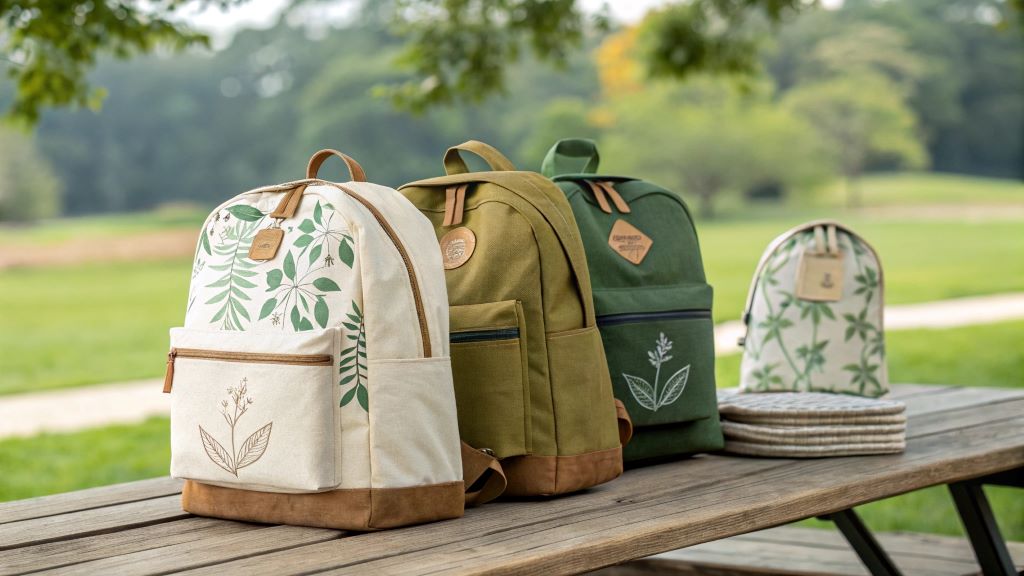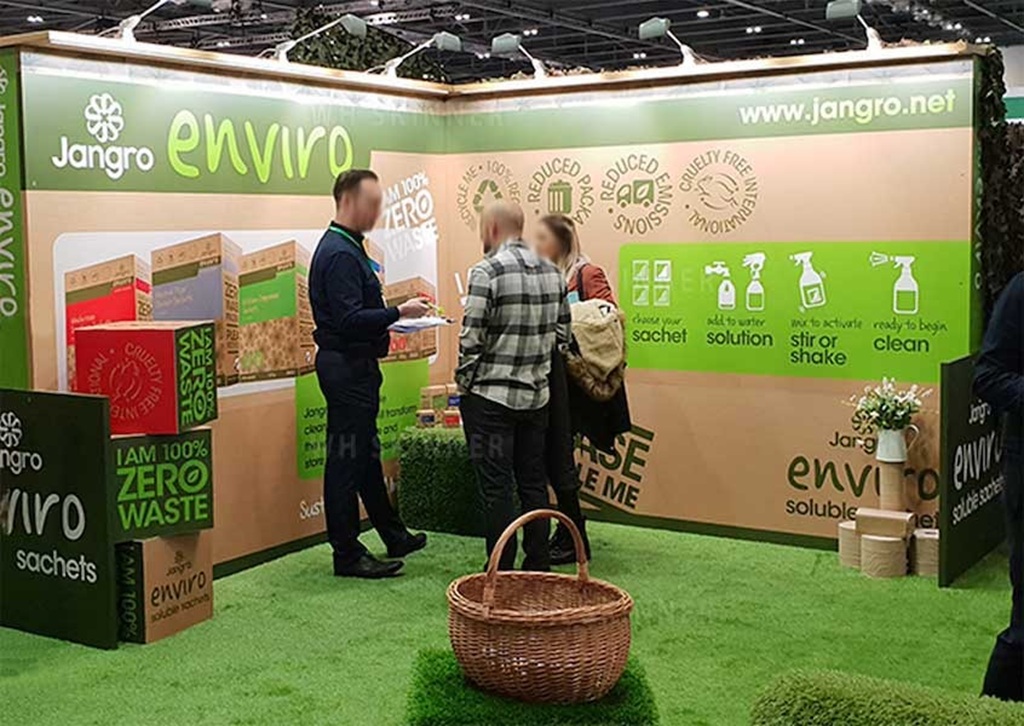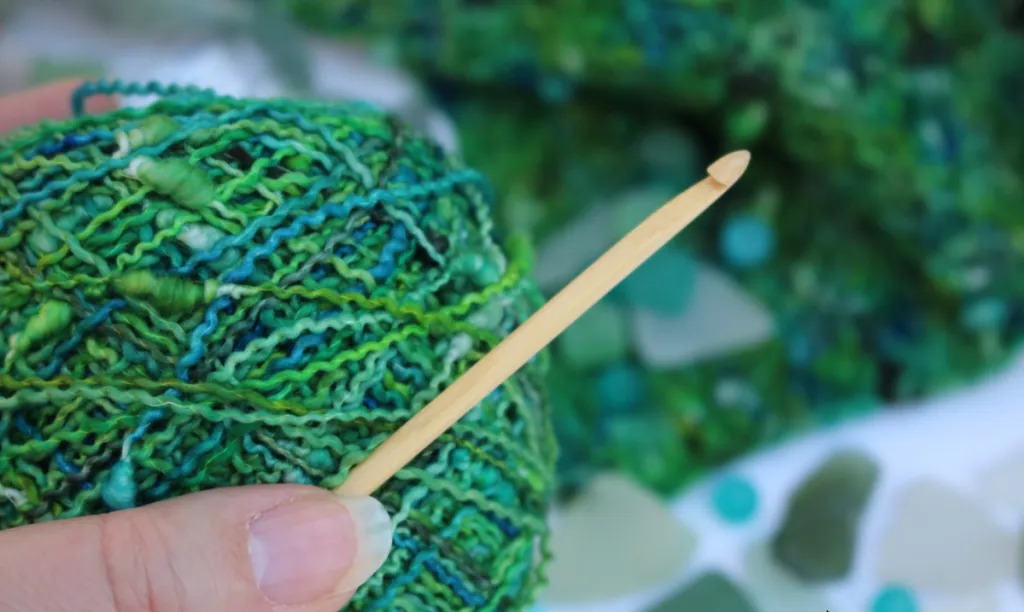In a world increasingly conscious of its environmental footprint, even the everyday items we rely on are undergoing a green revolution. The humble backpack, a staple for students, travelers, and professionals alike, is no exception. Eco-friendly backpacks are surging in popularity, offering a sustainable alternative to traditional options. But what exactly makes a backpack “eco-friendly,” and why should you consider making the switch? This article delves into the world of eco-friendly backpacks , exploring their benefits, materials, and the impact they have on our planet.
The Green Thread: What Defines an Eco-Friendly Backpack?
An eco-friendly backpack goes beyond simply carrying your belongings; it embodies a commitment to minimizing environmental harm throughout its lifecycle. This commitment manifests in several key aspects:
- Sustainable Materials: The foundation of an eco-friendly backpack lies in the materials used. Recycled materials, such as recycled plastic bottles (rPET), reclaimed fishing nets, and repurposed industrial waste, are increasingly common. Organic materials like hemp, organic cotton, and linen are also gaining traction, offering natural and biodegradable alternatives to conventional textiles.
- Ethical Manufacturing: Sustainable backpacks are often produced in factories that adhere to fair labor practices and minimize their environmental impact. This includes reducing water and energy consumption, using non-toxic dyes, and implementing waste reduction strategies.
- Durability and Longevity: A truly eco-friendly backpack is built to last. By prioritizing quality construction and durable materials, manufacturers aim to reduce the need for frequent replacements, minimizing waste and resource consumption.
- Transparency and Certifications: Reputable brands are transparent about their sourcing and manufacturing processes, often providing certifications like Bluesign, GOTS (Global Organic Textile Standard), or Fair Trade, which guarantee adherence to specific environmental and social standards.
- End-of-Life Considerations: Some brands are even exploring circular economy models, designing backpacks that can be easily repaired, repurposed, or recycled at the end of their life.
By embracing these principles, eco-friendly backpacks offer a tangible way to reduce our environmental impact while enjoying the functionality and convenience we expect from a reliable bag.
Beyond Functionality: The Tangible Benefits of Going Green
Choosing an eco-friendly backpack is more than just a feel-good decision; it offers a range of practical and environmental benefits:
- Reduced Plastic Waste: Recycled plastic backpacks divert plastic bottles and other waste from landfills and oceans, reducing pollution and conserving resources. This is especially important considering the vast amount of plastic waste generated globally.
- Lower Carbon Footprint: Sustainable materials and manufacturing processes often result in a significantly lower carbon footprint compared to traditional backpacks. This is because recycled and organic materials require less energy and resources to produce.
- Healthier Planet: By minimizing the use of harmful chemicals and pollutants, eco-friendly backpacks contribute to a healthier environment for all. This includes protecting ecosystems and reducing the impact of textile production on water and air quality.
- Supporting Ethical Practices: Choosing brands that prioritize fair labor practices and ethical sourcing supports workers’ rights and promotes a more just and equitable supply chain.
- Enhanced Durability: The emphasis on quality construction and durable materials often translates to a longer lifespan for eco-friendly backpacks, saving you money in the long run.
- Unique and Stylish Designs: Eco-conscious brands are increasingly focusing on innovative and stylish designs, proving that sustainability doesn’t mean sacrificing aesthetics. From minimalist styles to vibrant patterns, there’s an eco-friendly backpack to suit every taste.
- Promoting Awareness: Using an eco-friendly backpack can be a conversation starter, raising awareness about sustainable choices and encouraging others to adopt greener habits.
In essence, choosing an eco-friendly backpack is an investment in both your personal style and the planet’s future. It’s a small change that can make a significant difference.
Navigating the Material Maze: Understanding Sustainable Options
The world of eco-friendly backpack materials can be complex, but understanding the key options can help you make informed choices:
- Recycled PET (rPET): Made from recycled plastic bottles, rPET is a popular choice for eco-friendly backpacks. It’s durable, lightweight, and helps divert plastic waste from landfills.
- Recycled Nylon: Similar to rPET, recycled nylon is made from post-consumer or industrial waste, offering a strong and durable material with a lower environmental impact.
- Hemp: A naturally sustainable fiber, hemp requires minimal water and pesticides to grow. It’s strong, durable, and biodegradable.
- Organic Cotton: Grown without harmful pesticides and fertilizers, organic cotton is a more sustainable alternative to conventional cotton.
- Linen: Made from flax fibers, linen is a naturally strong and durable material that requires minimal water and pesticides to grow.
- Cork: A renewable resource harvested from cork oak trees, cork is lightweight, water-resistant, and naturally sustainable.
- Piñatex: Made from pineapple leaf fibers, Piñatex is a vegan leather alternative that’s both durable and sustainable.
- Econyl: Made from recycled fishing nets and other nylon waste, Econyl helps reduce ocean pollution and offers a high-quality, durable material.
When choosing an eco-friendly backpack, consider the specific materials used and their environmental impact. Look for certifications and transparency from the brand to ensure you’re making a truly sustainable choice.
Embracing Nature Responsibly: A Comprehensive Guide to Choosing Eco-Friendly Tents
People Also Ask (FAQs)
-
Are eco-friendly backpacks more expensive?
- While some eco-friendly backpacks may have a higher upfront cost, they often offer better durability and longevity, saving you money in the long run. Additionally, the increasing demand for sustainable products is driving down prices as more brands enter the market.
-
Are eco-friendly backpacks as durable as traditional backpacks?
- Yes, in many cases, eco-friendly backpacks are even more durable than traditional options. Brands that prioritize sustainability often focus on quality construction and durable materials to ensure their products last.
-
How do I clean an eco-friendly backpack?
- Cleaning instructions vary depending on the materials used. Always check the manufacturer’s recommendations. In general, handwashing with mild soap and air drying is recommended.
-
Where can I find eco-friendly backpacks?
- Many online retailers and brick-and-mortar stores specialize in sustainable products. You can also find eco-friendly backpacks from brands that prioritize sustainability in their manufacturing processes.
-
What certifications should I look for when buying an eco-friendly backpack?
- Look for certifications like Bluesign, GOTS (Global Organic Textile Standard), Fair Trade, and Oeko-Tex Standard 100, which guarantee adherence to specific environmental and social standards.
-
Are vegan backpacks automatically eco-friendly?
- While vegan backpacks avoid animal products, this does not automatically make them eco friendly. The materials used could still be harmful to the environment. Always check material types.
-
How do I know if a company is truly eco-conscious?
- Look for transparency in their supply chain, certifications, and measurable goals regarding their environmental impact.
Conclusion: Carrying a Sustainable Future
The shift towards eco-friendly backpacks represents a growing awareness of our environmental responsibility. By choosing sustainable materials, supporting ethical manufacturing, and prioritizing durability, we can minimize our impact and contribute to a healthier planet.
As consumers, we have the power to drive change by supporting brands that prioritize sustainability. By investing in eco-friendly backpacks, we’re not just carrying our belongings; we’re carrying a message of hope for a more sustainable future. Every small step towards greener choices can make a significant difference. Let’s embrace the green thread and carry the change together.
Read More:





